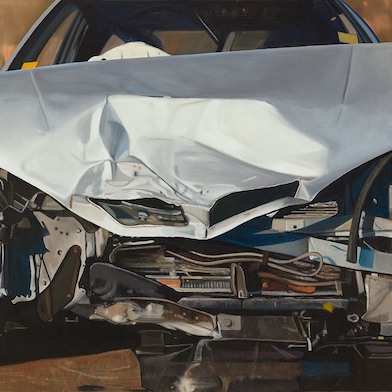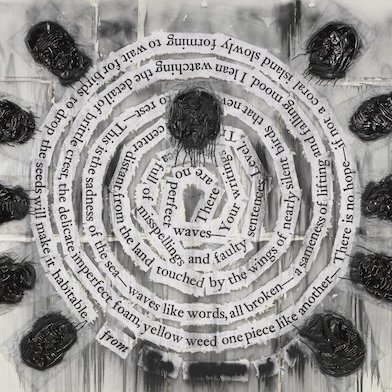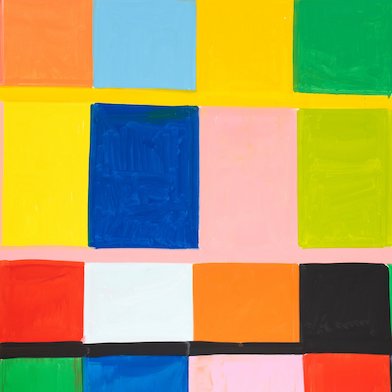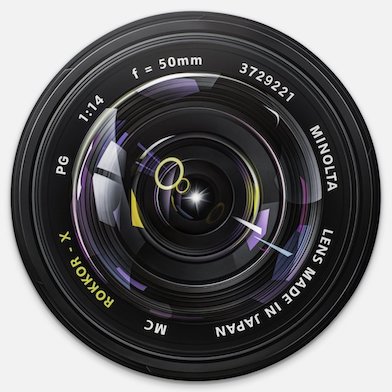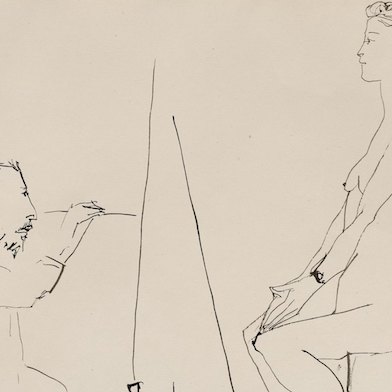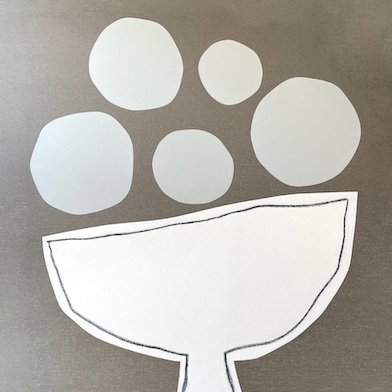Open: Tue-Sat 10am-6pm
Visit
Lygia Clark
Luhring Augustine Chelsea, New York
Artist: Lygia Clark
Luhring Augustine presents its first solo exhibition of the pioneering Brazilian artist Lygia Clark. Organized in partnership with Alison Jacques Gallery, London, which co-represents the artist, this exhibition features Clark’s early drawings, collages, and paintings, as well as her iconic Bichos.
Lygia Clark (Belo Horizonte, Brazil, 1920 - Rio de Janeiro, Brazil, 1988) is one of the preeminent artists of the twentieth century, whose groundbreaking body of work reimagined the relationship between audience and the art object. A founding member of the Brazilian Neo-Concrete movement, Clark proposed a radical approach to thinking about painting by treating its pictorial surface as if it were a three-dimensional architectural space. Her studies under the Brazilian landscape architect Roberto Burle Marx and the French modernist painter Fernand Léger were deeply influential in this regard. Throughout her lifetime, Clark would remain a seminal figure of the international avant-garde, impacting future generations of artists with her transformative ideas surrounding the body, its presence and agency within a given environment.
Experimenting with modulations of form, color, and plane, Clark’s early abstract works challenged the canvas’ edge and extended the visual field of painting into the physical realm of the viewer. Her monochromatic compositions are adorned with interlocking shapes that explore various relationships, moving between figure-ground positions as they undergo perspectival shifts. Line and its properties are at the core of Clark’s investigations into positive and negative space. Through the interplay of adjacent and overlapping planes, she demonstrated that contours could delimit spatial fields as well as occupy the narrow voids in between.
Lines delineating the two-dimensional surfaces of her paintings find affinities with the creases and folds of her iconic Bichos, or critters. Constructed out of hinged metal planes, these versatile objects allowed for the audience to exercise authorship through participation. Clark’s reliance on the viewer to steer her sculptures through many possible configurations both jeopardized the autonomy of the art object and reconfigured her art as a performative, time-based event. Their open-endedness and iterative qualities affirmed her desire to overcome spatial and temporal boundaries, continuing to fulfill moments of continuity between artist, object, and viewer.
Bookshop
-
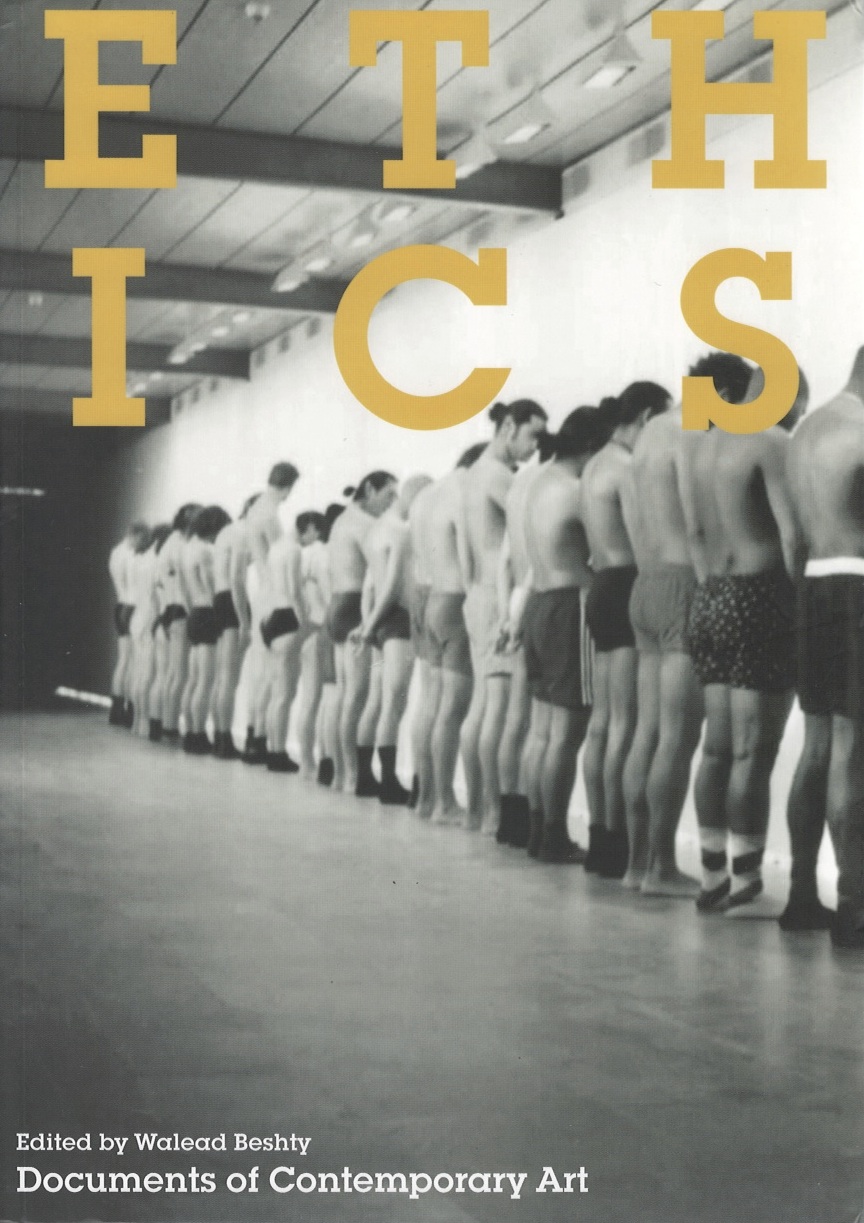 Walead Beshty
Walead BeshtyEthics
Artist Book, Petzel Store
£19.00 : Petzel Store
Add to cart -
Sale!
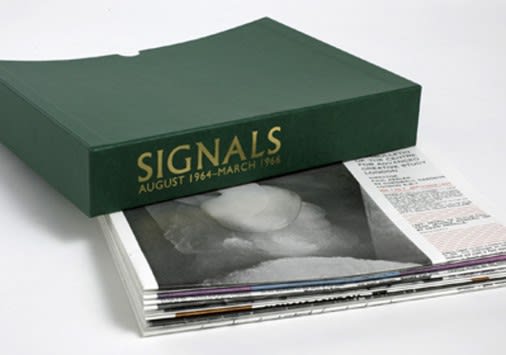 David Medalla, Jesús Rafael Soto, Takis, Lygia Clark, Sergio de Camargo, Carlos Cruz-Díaz, Eduardo Chillida and Marcela Salvadori
David Medalla, Jesús Rafael Soto, Takis, Lygia Clark, Sergio de Camargo, Carlos Cruz-Díaz, Eduardo Chillida and Marcela SalvadoriSignals Magazine 1964-1966
Publications, Richard Saltoun
Original price was: £25.00.£20.00Current price is: £20.00. Out of Stock : Richard Saltoun
Read more



